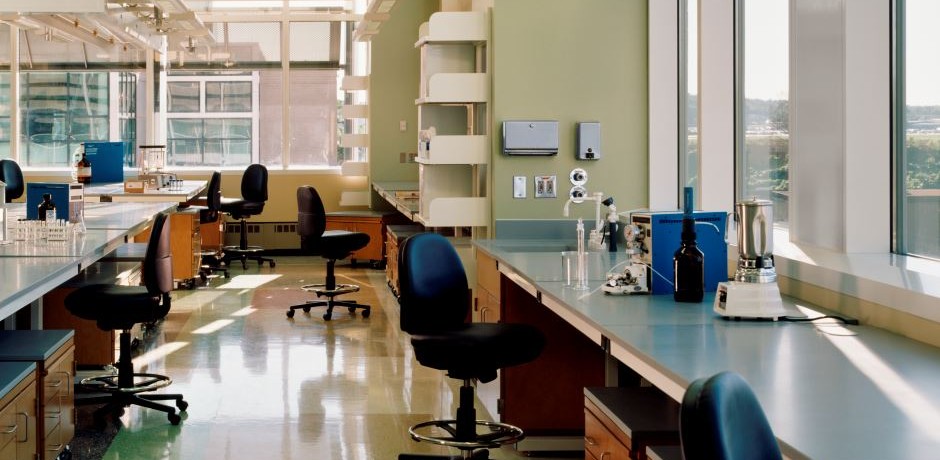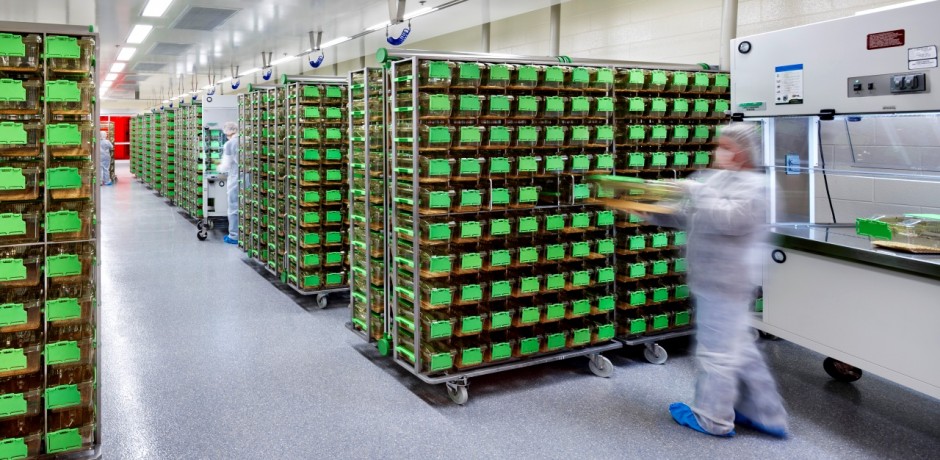HVAC systems in a typical laboratory facility can use five to 10 times as much energy as the systems in a typical office building.1 This higher energy use is due to many factors including 100% outside air systems; 24-hour-a-day operation; high internal heat gains; high air change rate requirements; equipment exhaust requirements; and high fan energy. more
Emory University has had a long history of providing quality cancer care, research and medical training since its clinics first opened in 1937. Unfortunately, cancer remains one of the leading killers of Georgians, and Atlanta is one of the largest cities in the country without a National Cancer Institute designated “Comprehensive Cancer Center.” When Emory University’s Woodruff Health Sciences Center set out to change that, it realized that a new home was required to meet its potential, and the Winship Cancer Institute (WCI) project was initiated–focusing exclusively on cancer research, and serving cancer patients and their families. The new WCI is a powerful tool in the fight against cancer and represents not only cutting edge healthcare design, but leadership in sustainable design and construction.
more
On the surface, vivariums housing rodents are very similar in function, use, and frankly, design. Generally, they include holding rooms, procedure rooms, cage washing facilities, necropsy, and various other support spaces. Likewise, heating, ventilating and air conditioning (HVAC) systems serving these spaces can also be fairly typical. more



